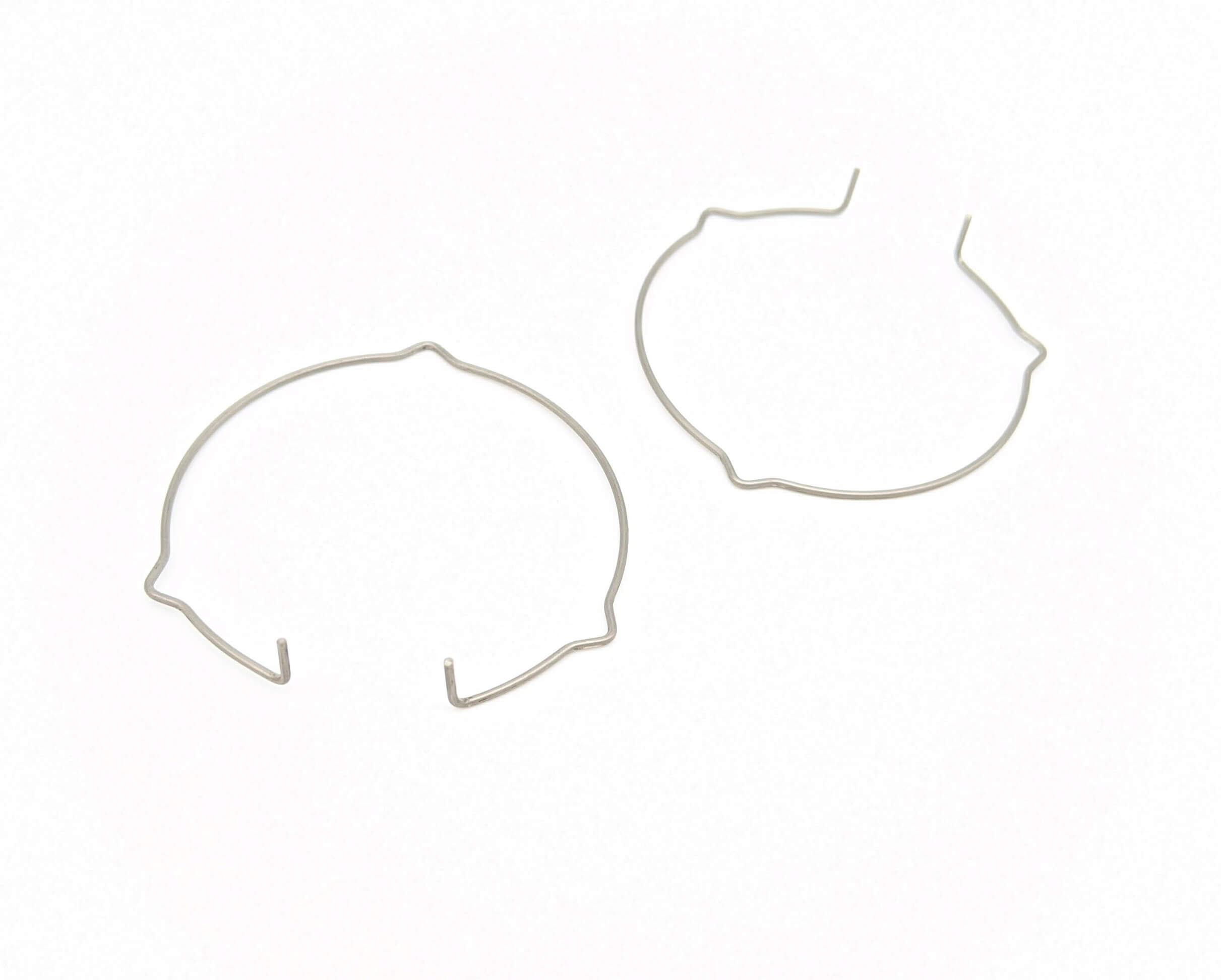Get unique, complex parts easily. No matter your requirements, Chaoyi Spring creates hard-to-produce coil springs and wire forms.
Let us help you create the custom wire form you need, from S-hooks and J-hooks to utility hooks and more.
We work closely with customers across a wide range of industries, helping them design and manufacture made-to-order parts.
Why choose Chaoyi Spring? We prioritize customer-focused collaboration, modern equipment and the latest technology to make your parts per print.
Find the information and guidance you need, from measuring a spring to learning about materials, placing an order and much more.
Compression springs are essential components in numerous mechanical systems, playing a crucial role in storing and releasing energy, providing support, and absorbing shock. From simple applications like door closers to


Compression springs are essential components in numerous mechanical systems, playing a crucial role in storing and releasing energy, providing support, and absorbing shock. From simple applications like door closers to intricate mechanisms in automobiles and industrial machinery, compression springs are ubiquitous. Understanding the principles of compression spring design is vital for engineers and designers to ensure proper performance, reliability, and longevity of these critical components.

Compression springs are helical springs that are designed to resist compression forces. They consist of a coiled wire that is typically made from spring steel, although other materials such as phosphor bronze or titanium can be used depending on the application's requirements. When a compression force is applied to the spring, it compresses, storing energy within the material. When the force is removed, the spring expands back to its original length, releasing the stored energy.
Designing a compression spring involves considering several key parameters that influence its performance and suitability for a given application. These parameters include:
The spring rate (k) is a crucial design parameter and can be calculated using the following formula:
k = (Gd^4)/(8D^3n)
where:
In addition to the basic design parameters, several other factors need to be considered during the compression spring design process to ensure optimal performance and longevity:
Compression springs are used in a vast array of applications across numerous industries, including:
Numerous tools and resources are available to aid in compression spring design. These include:
Once a compression spring is designed and manufactured, it is essential to test its performance to ensure it meets the required specifications. Common tests include:
Compression spring design is a critical aspect of engineering and design, ensuring the proper functionality and longevity of numerous mechanical systems. By understanding the key design parameters, considering the various factors involved, and utilizing the available resources, engineers can design and manufacture compression springs that meet the specific demands of their applications. Whether it's a simple door closer or a complex industrial mechanism, compression springs play an indispensable role in our modern world.
Compression spring design is a multifaceted process that requires careful consideration of various factors to achieve optimal performance. By understanding the principles, parameters, and considerations discussed in this guide, engineers and designers can confidently create compression springs that meet the specific requirements of their applications, contributing to the reliable operation and longevity of numerous mechanical systems. The ubiquitous nature of these springs underscores their importance in our modern world, from everyday consumer products to sophisticated industrial machinery.
Browse some of the custom wire forms and springs that we manufacture. Don’t see what you need? We specialize in made-to-order products that meet your application requirements.
Visit Our GalleryNeed a custom wire form or coil spring? We make it work. Fill out the contact form and a representative will respond within 1 business day. If you have a PDF or CAD file, you can submit to request a quote.